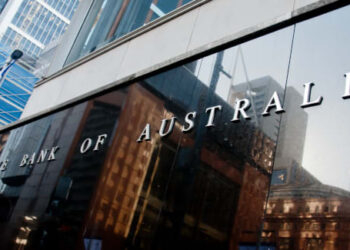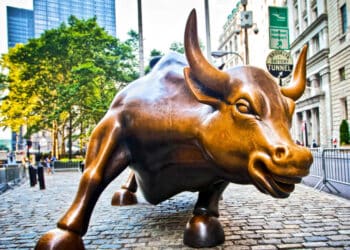“The economy has continued to grow, however the rate of growth remains well below the long-run average,” said ABS chief economist Bruce Hockman.
That sentiment was echoed by AMP chief economist Shane Oliver, who said that it was unlikely the economy would meet the RBA’s growth forecast of 2.3 per cent for the year to December.
The economy would need to grow 0.8 per cent in the current quarter to achieve the RBA forecast, according to Mr Oliver.
“The only real source of strength in the Australian economy is public sector spending and net export growth,” Mr Oliver said in a note.
Mr Oliver noted that private spending – consumer spending, dwelling investment, and business investment – was falling, acting as a drag on the economy.
“The weakness in Australian GDP growth, particularly in the private sector, means that it will be difficult to reduce spare capacity, lift inflation and reduce the unemployment rate,” Mr Oliver said.
While the RBA maintains that the economy has passed a gentle turning point and further rate cuts might not be necessary, Mr Oliver disputes that.
“In this environment we expect to see another two interest rate cuts from the RBA taking the cash rate to 0.25 per cent by March next year and the start of quantitative easing.”
But it’s unclear whether even quantitative easing will be enough to turn the economy around, with RBA Governor Philip Lowe repeatedly calling on the government to take advantage of low interest rates to invest heavily in infrastructure.
Mr Oliver also believes that a fiscal stimulus might be necessary.
“The improvement in the government budget position means that there is room to do more tax stimulus and infrastructure spending but the economy may need to slow more before the government acts,” Mr Oliver said.







